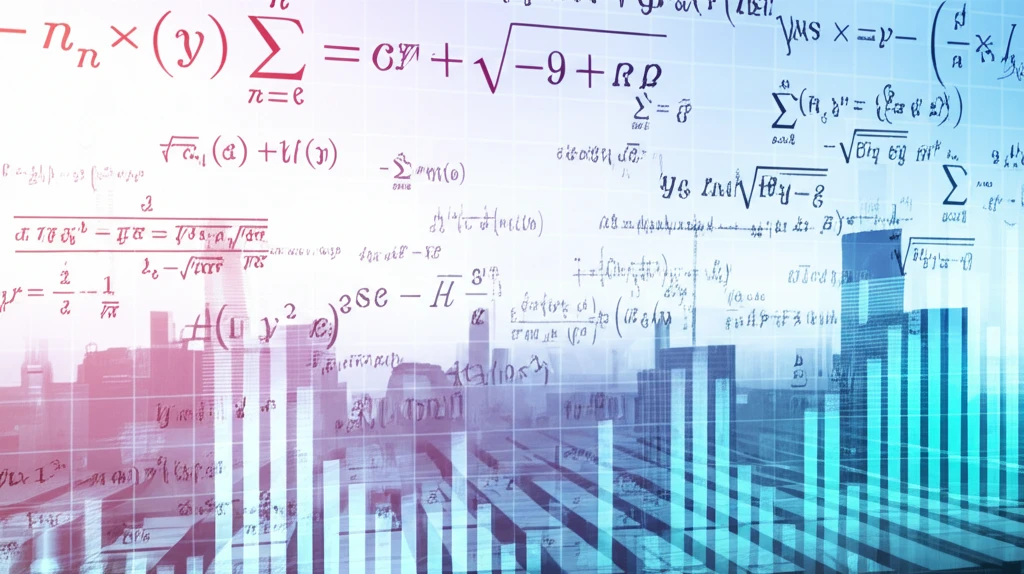
Decoding Economic Trends: How Autoregressive Models Predict Our Financial Future
"Unraveling the mystery of autoregressive laws of motion: A guide to understanding how past economic data shapes tomorrow's predictions."
In today's fast-paced world, understanding economic trends is crucial for businesses, policymakers, and individuals alike. Predicting market movements, anticipating financial crises, and making informed investment decisions all depend on our ability to decipher the patterns hidden within complex economic data. Fortunately, sophisticated tools like autoregressive models offer a powerful way to forecast future economic conditions.
Autoregressive models, at their core, are a method of predicting future values based on past values. Imagine trying to predict tomorrow's stock price: instead of relying on gut feelings, you analyze yesterday's price, the day before, and so on. Autoregressive models take this concept and formalize it, using mathematical equations to weigh the influence of past data on future outcomes. In essence, these models learn from history to anticipate what might come next.
This article will delve into the fascinating world of autoregressive models, explaining their underlying principles in a clear and accessible manner. We'll explore how these models are constructed, what types of data they utilize, and the strengths and limitations that come with their application. Whether you're an economics enthusiast, a student of finance, or simply curious about the forces that shape our financial world, this guide will provide you with a foundational understanding of autoregressive models and their role in predicting our economic future.
What are Autoregressive Models and How Do They Work?

Autoregressive models operate on the principle that past values have predictive power. They're especially useful when there's a clear correlation between a variable's current state and its historical values. To illustrate, think about predicting the daily temperature. Today's temperature is often heavily influenced by the temperatures of the previous few days. An autoregressive model would capture this relationship, using the temperatures from recent days to forecast the temperature for tomorrow.
The Future of Economic Forecasting
As economic systems grow more complex, the demand for precise forecasting tools will only increase. Autoregressive models, with their ability to learn from historical data and adapt to changing conditions, will likely play an increasingly important role in this endeavor. By understanding the principles behind these models and recognizing their limitations, businesses, policymakers, and individuals can make better informed decisions, navigate uncertain times, and build a more stable and prosperous future.
